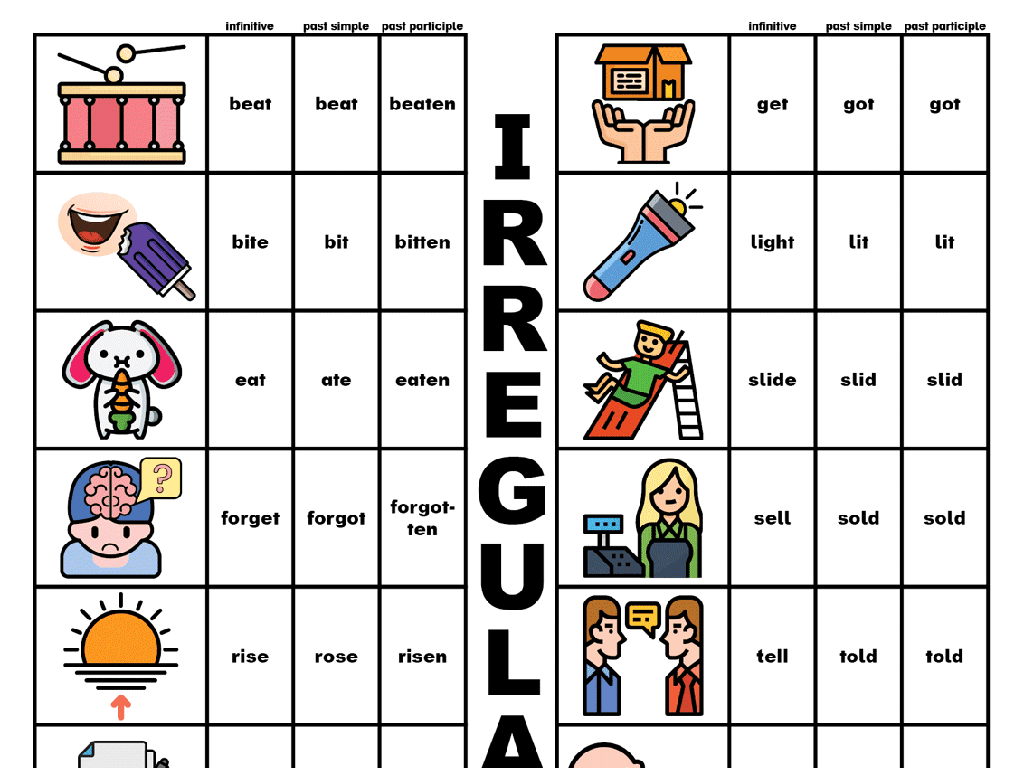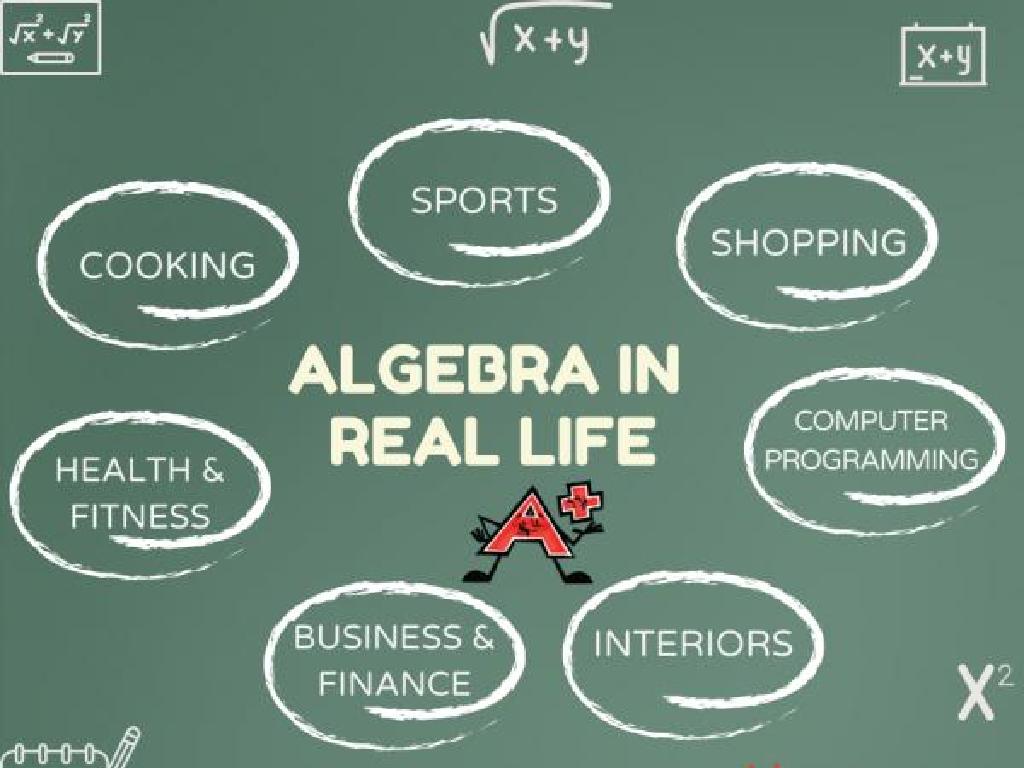Rosh Hashanah
Subject: Social studies
Grade: Third grade
Topic: Cultural Celebrations
Please LOG IN to download the presentation. Access is available to registered users only.
View More Content
Exploring Rosh Hashanah: The Jewish New Year
– What is a holiday?
– Share your holiday experience
– Think about the holidays you celebrate with your family
– Discovering Rosh Hashanah
– Rosh Hashanah is celebrated in the fall and marks the beginning of the Jewish New Year
– Significance of the Jewish New Year
– It’s a time for reflection, prayer, and coming together with family
|
This slide introduces the concept of holidays and invites students to share their own holiday experiences, creating a personal connection to the topic. Introduce Rosh Hashanah as the Jewish New Year, explaining its timing and significance. Emphasize that it’s a time for reflection, prayer, and family, which are concepts that children can relate to even if they don’t celebrate this particular holiday. Encourage students to think about how they celebrate their new year and compare it to Rosh Hashanah traditions. This will help them understand and appreciate cultural differences and similarities.
Understanding Rosh Hashanah
– Rosh Hashanah: Jewish holiday
– It’s one of the most important Jewish celebrations.
– Celebrates the Jewish New Year
– It marks the start of a new year on the Jewish calendar.
– Time for prayer and reflection
– People think about the past year and make plans for the future.
– Hearing the shofar is a tradition
– The shofar, a ram’s horn, is blown like a trumpet.
|
Rosh Hashanah is a significant holiday for Jewish people around the world, marking the beginning of the Jewish New Year. It’s a time for prayer, reflection on the past year, and making resolutions for the year to come. The shofar, a special instrument made from a ram’s horn, is traditionally sounded in synagogues to call people to reflection. When discussing Rosh Hashanah with third graders, emphasize the themes of renewal and introspection. You can compare it to the secular New Year celebrations and resolutions, making it relatable to their experiences.
Symbols of Rosh Hashanah
– Apples and honey for sweetness
– Represents hope for a sweet new year ahead
– Pomegranates for good deeds
– Symbolizes a wish for a year full of many good deeds, like the many seeds
– Shofar marks the holiday
– A special horn that is blown to announce the start of Rosh Hashanah
|
This slide introduces students to the symbols of Rosh Hashanah, a significant Jewish holiday. Apples dipped in honey represent a wish for a sweet new year, a concept that can be easily understood by children. Pomegranates, with their many seeds, symbolize the hope for a year filled with numerous good deeds, just as there are many seeds within the fruit. The shofar, a ram’s horn, is traditionally blown to mark the beginning of the holiday and to call people to reflection. Encourage students to think about what objects or traditions they have in their own lives that symbolize good wishes or important events. This will help them connect personally with the symbols of Rosh Hashanah and understand their significance.
Rosh Hashanah Traditions
– Families unite for festive meals
– Enjoying traditional foods like apples dipped in honey for a sweet new year
– Special prayers in the synagogue
– Asking for peace, prosperity, and blessings
– Tashlich: casting away sins
– Throwing bread crumbs into water symbolizes letting go of mistakes
– Reflecting on the past year
|
This slide introduces students to the key traditions of Rosh Hashanah, the Jewish New Year, which is a time of reflection, renewal, and community. Explain that families come together to share a meal that often includes specific foods symbolizing good wishes for the year ahead, such as apples dipped in honey for sweetness. Discuss the importance of prayer during this holiday and how people visit synagogues to pray for a good year. Introduce Tashlich, a unique tradition where individuals throw bread crumbs into flowing water, representing the casting away of sins and a fresh start. Encourage students to think about their own traditions and how they bring families and communities together. This can be a great opportunity for a class discussion on cultural practices and the importance of reflection and forgiveness.
Rosh Hashanah Around the World
– Global Jewish celebration
– Jewish people everywhere observe Rosh Hashanah.
– Unique customs in communities
– From special foods to unique prayers, customs can vary.
– Exploring worldwide celebrations
– We’ll see how different places like Israel, USA, and others celebrate.
|
This slide aims to introduce students to the concept that Rosh Hashanah, while a holiday celebrated by Jewish people globally, can have diverse customs and traditions depending on the community. Highlight the unity of the celebration across the world, as well as the beautiful variety of practices that can be found. Encourage students to be curious and respectful about these differences as they learn that the core of the holiday reflection and renewal is shared by all. You might want to prepare a few examples of specific customs from various countries, such as the blowing of the shofar in Israel or eating apples dipped in honey in the United States, to give students a tangible understanding of the holiday’s global reach.
Rosh Hashanah: A Time for New Beginnings
– Celebrating new beginnings
– Rosh Hashanah marks the start of a new year in the Jewish calendar.
– Reflecting on the past year
– We think about our actions and experiences from the last year.
– Making plans for the future
– It’s a chance to set goals and make wishes for the coming year.
– Gathering with family
– Families share meals and traditions to honor the holiday.
|
Rosh Hashanah, the Jewish New Year, is a significant cultural celebration that emphasizes reflection, renewal, and family. It’s a time when people look back at the year that has passed, considering both the good times and the challenges, and prepare for the year ahead with hope and intention. This holiday is also about coming together with loved ones to share in traditions such as eating sweet foods for a sweet new year. In class, students can discuss their own traditions for new beginnings and share how they celebrate important events with their families.
Class Activity: Rosh Hashanah New Year Cards
– Create your own New Year cards
– Think of good wishes for loved ones
– Imagine what happiness you want for others
– Decorate your card with creativity
– Use colors, stickers, drawings to make it special
– Share your card and wishes in class
|
This activity is designed to engage students in the celebration of Rosh Hashanah by creating personalized New Year cards. Encourage students to reflect on positive wishes they have for their family and friends in the coming year. Provide them with art supplies such as colored paper, markers, stickers, and glitter. Allow them to express their creativity freely in their decorations. Once completed, create a sharing circle where students can present their cards and the good wishes they’ve written. This will foster a sense of community and understanding of the holiday’s spirit. Possible variations of the activity could include making cards for classmates, creating a classroom display of the cards, or even partnering with another class to exchange cards.






